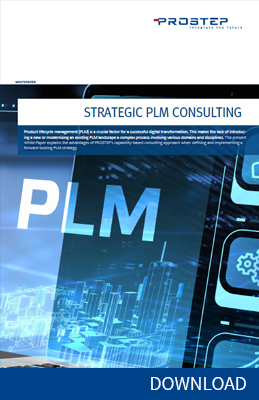When digitizing their business processes, companies in the shipbuilding and offshore industries have the choice of either using an integrated solution from a single manufacturer, which may not optimally cover all the functional requirements of the various areas and disciplines or combining the best solutions for the various tasks. The challenge in this case is to integrate the tool chain in such a way that the digital data can flow continuously.
PROSTEP will explain to the COMPIT participants in the presentation which requirements should be considered when integrating the tool chain from an entrepreneurial point of view and with regard to the IT organization. Using the example of the new NAPA Steel / AVEVA Marine interface, the specialist for CAD and PLM integration will also demonstrate the possibilities of integrating two shipbuilding-specific CAD applications. NAPA Steel is predominantly used in the early design phase, while many shipyards use AVEVA Marine software to design their ships steel structures and equipment. Both are so-called intent-driven systems that do not primarily generate explicit geometry but describe the way in which they are generated parametrically and via topological relationships to other elements. In order to use the data from NAPA Steel in AVEVA Marine, the different semantics of the two systems must be mapped to each other in such a way that topology definition, parametric breakthroughs and other features can be transferred in best quality or regenerated in the target system.
The special feature of the import strategy developed by PROSTEP is its high error tolerance: the interface is able to transfer even non-accurately defined topology information in a lower quality, e.g. as pure geometry. The user recognizes the quality in which the data was transferred by means of the different color shades. PROSTEP is developing the interface in cooperation with NAPA OY. The current version of the interface already allows 80 percent of the components to be transferred.
